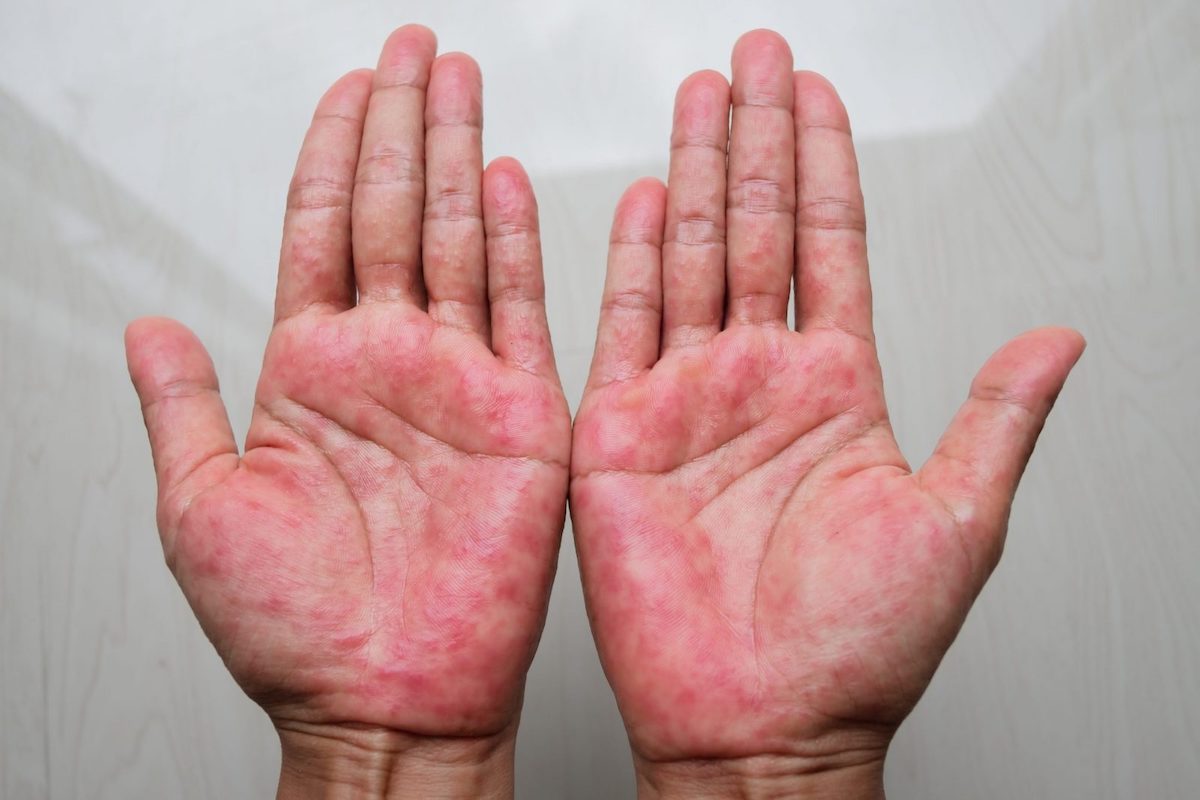The symptoms of atopic dermatitis can vary depending on the severity of the condition and the individual. Common symptoms include dry, itchy, and scaly skin, redness and inflammation, cracked and oozing skin, thickened and leathery skin, and darkened skin. These symptoms can be uncomfortable and can significantly affect a person’s quality of life. While there is no cure for atopic dermatitis, there are several treatment options available.

We’ll tell you the different treatment options for atopic dermatitis, including topical and systemic medications, as well as self-care measures that can help manage symptoms and prevent flare-ups. By understanding the available treatment options, those who suffer from atopic dermatitis can find relief from their symptoms and improve their overall quality of life.
Treatment Options for Atopic Dermatitis:
There is no cure for atopic dermatitis, but there are several treatment options available to manage symptoms and improve quality of life. Treatment options include:
Topical corticosteroids: These are anti-inflammatory medications that can help reduce redness, itching, and inflammation.
Topical calcineurin inhibitors: These medications also help reduce inflammation, but are gentler on the skin than corticosteroids.
Emollients: These are moisturizing agents that help hydrate the skin and improve the skin barrier function.
Antihistamines: These medications can help relieve itching and improve sleep.
Phototherapy: This treatment involves exposing the affected skin to controlled amounts of ultraviolet light, which can help reduce inflammation and improve symptoms.
Systemic medications: In severe cases, systemic medications such as oral corticosteroids, immunosuppressants, or biologic agents may be prescribed to manage symptoms.
Besides medication, you can also start improving your own self-care, this is a very important role in improving your skin with atopic dermatitis. Continue reading for the best tips.
